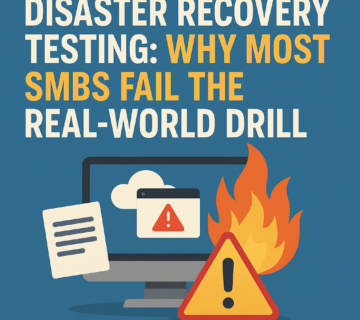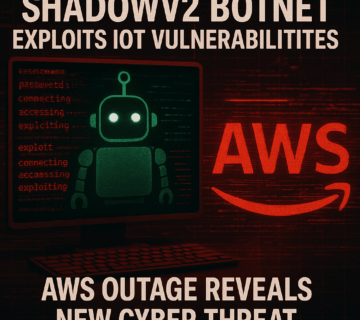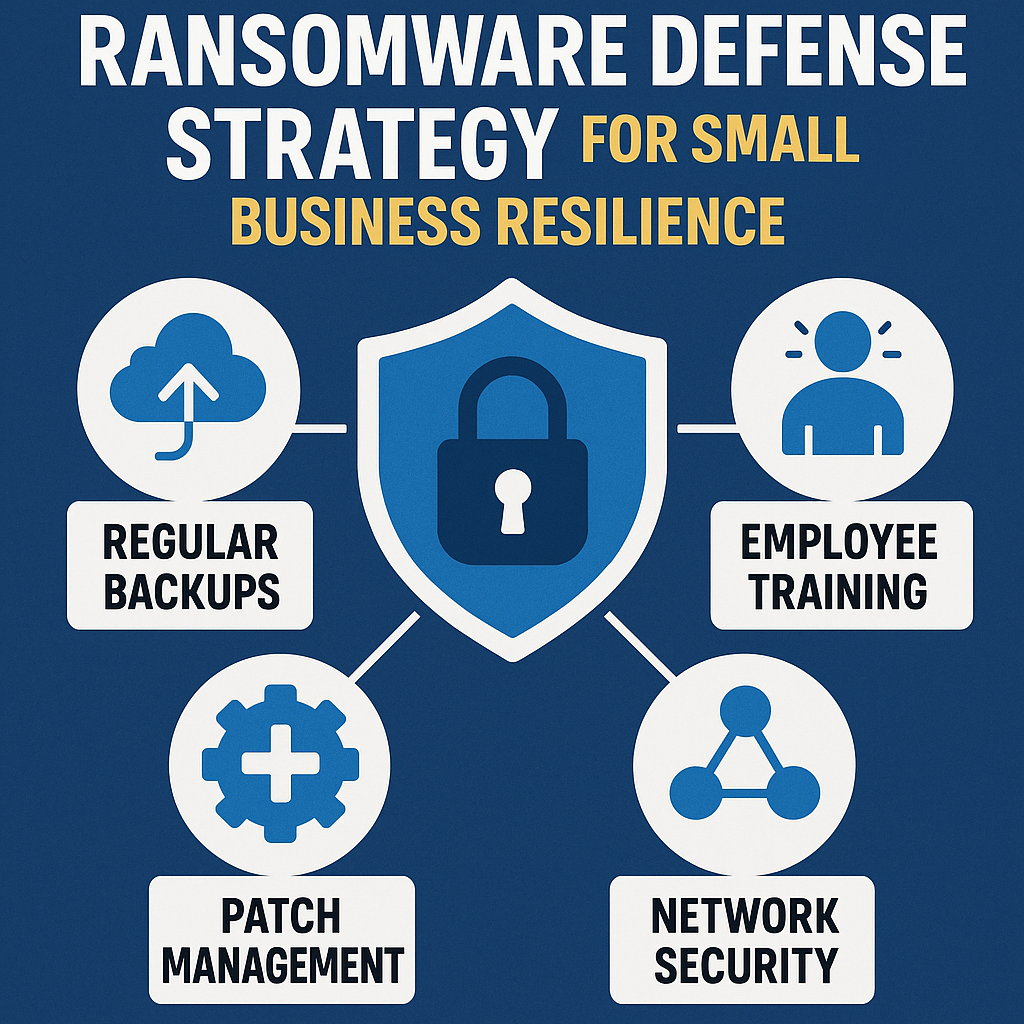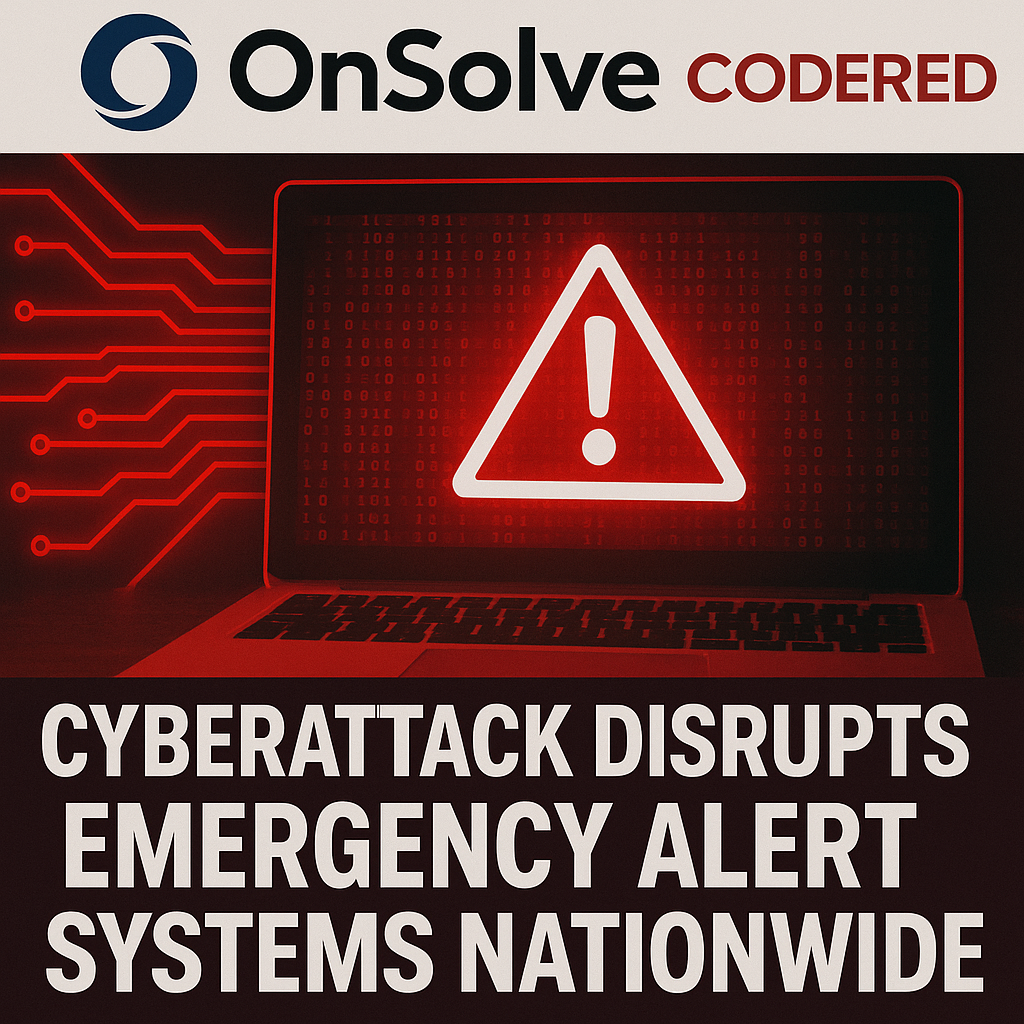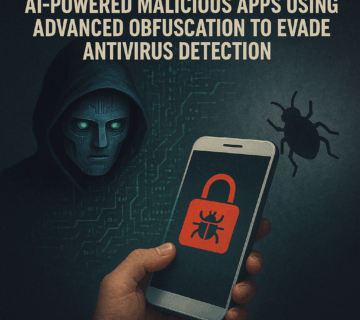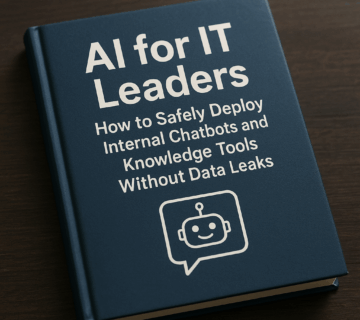Ingram Micro Ransomware Attack: Complete Analysis and Prevention Guide
Ingram Micro Ransomware Attack: Complete Analysis and Prevention Guide
👉 Listen to the Episode: https://technijian.com/podcast/ingram-micro-ransomware-attack-safepay-analysis-prevention/Understanding the SafePay Ransomware Attack on Ingram Micro
The cybersecurity landscape witnessed another significant breach when Ingram Micro, a leading global IT services distributor, fell victim to a sophisticated ransomware attack in July 2025. This incident highlights the evolving threat landscape and the critical importance of robust cybersecurity measures for enterprise organizations.
What Happened to Ingram Micro?
On July 3, 2025, Ingram Micro’s digital infrastructure experienced a major disruption when their website and online ordering systems went offline. The company, headquartered in Irvine, California, serves customers across the United States, Europe, and Asia with over 23,000 employees operating in 57 countries.
Two days after the initial disruption, Ingram Micro confirmed they had identified ransomware on certain internal systems. The attack was later attributed to SafePay, an emerging ransomware group that has rapidly gained notoriety in the cybersecurity community.
The SafePay Ransomware Group: A Rising Threat
Origins and Activity Timeline
SafePay first appeared on the cybersecurity radar in September 2024, quickly establishing itself as a formidable threat actor. Despite being relatively new, the group has demonstrated exceptional capability and aggression in their operations.
Attack Methodology
SafePay employs a double-extortion strategy that combines:
- File encryption to lock victims out of their systems
- Data theft to steal sensitive information
- Extortion threats to pressure victims into paying ransoms
The group typically gains initial access through VPN gateways using valid credentials, often obtained through information stealers or purchased from dark web markets.
Technical Analysis of the Attack
Initial Access Vector
According to cybersecurity researchers, the attackers penetrated Ingram Micro’s corporate network through their GlobalProtect VPN platform. This entry method aligns with SafePay’s established tactics of exploiting VPN vulnerabilities and compromised credentials.
Scope of Compromise
The ransomware group claims to have accessed and stolen various types of sensitive data, including:
- Financial statements and accounting records
- Intellectual property documents
- Legal documentation
- Personnel files and customer information
- Banking and financial details
SafePay’s Growing Impact on Global Cybersecurity
Statistical Overview
Recent threat intelligence reports reveal alarming statistics about SafePay’s activities:
- March 2025: Fourth most active ransomware group globally
- May 2025: Most active ransomware group with 58 victims
- Total victims: 198 organizations through May 2025
Geographic Targeting
SafePay primarily focuses on organizations in:
- United States
- United Kingdom
- Germany
The group has been observed conducting wave attacks, sometimes targeting more than 10 organizations per day in specific regions.
Industry Impact and Sector Analysis
Affected Industries
SafePay has demonstrated no preference for specific sectors, successfully attacking organizations across:
- Healthcare systems
- Educational institutions
- Information technology companies
- Financial services
- Government agencies
Notable Previous Attacks
One of SafePay’s first high-profile victims was Microlise, a UK telematics business, where the group claimed to have stolen 1.2 terabytes of data and demanded payment within 24 hours.
Response and Recovery Efforts
Ingram Micro’s Response Strategy
Following the attack discovery, Ingram Micro implemented several immediate measures:
- Took affected systems offline to prevent further spread
- Engaged leading cybersecurity experts for investigation
- Notified appropriate law enforcement agencies
- Implemented additional security measures
Current Status
While Ingram Micro has restored their website functionality, they continue to display security incident notifications and maintain transparency about the ongoing investigation.
Prevention Strategies for Organizations
VPN Security Best Practices
- Multi-Factor Authentication (MFA): Implement robust MFA for all VPN access
- Regular Credential Audits: Monitor and rotate VPN credentials regularly
- Network Segmentation: Limit VPN access to necessary systems only
- Vulnerability Management: Keep VPN software updated with latest security patches
Comprehensive Security Framework
Organizations should implement:
- Zero-Trust Architecture: Verify every user and device before granting access
- Endpoint Detection and Response (EDR): Deploy advanced threat detection systems
- Regular Security Assessments: Conduct periodic penetration testing
- Employee Training: Educate staff about phishing and social engineering threats
The Broader Ransomware Landscape
Evolution of Threat Groups
The emergence of SafePay reflects broader trends in the ransomware ecosystem. Law enforcement actions against established groups like LockBit and ALPHV have created opportunities for new threat actors to fill the void.
Double-Extortion Tactics
Modern ransomware groups increasingly employ double-extortion methods, making data backup alone insufficient for complete protection. Organizations must focus on preventing initial access and detecting threats early.
Frequently Asked Questions (FAQ)
Q: What makes SafePay different from other ransomware groups?
A: SafePay distinguishes itself through rapid attack execution, typically moving from initial breach to full deployment within 24 hours. The group also claims to operate independently rather than as a ransomware-as-a-service (RaaS) operation.
Q: How can organizations detect VPN-based attacks?
A: Organizations should monitor for unusual VPN login patterns, implement behavioral analytics, and maintain detailed logs of VPN access attempts. Anomalous login times, locations, or access patterns can indicate compromise.
Q: Is paying the ransom recommended?
A: Cybersecurity experts and law enforcement agencies strongly advise against paying ransoms. Payment doesn’t guarantee data recovery and may encourage further attacks. Instead, organizations should focus on prevention and maintain robust backup systems.
Q: What should companies do if they suspect a ransomware attack?
A: Immediately isolate affected systems, contact cybersecurity professionals, notify law enforcement, and activate incident response procedures. Quick action can limit damage and aid in recovery efforts.
Q: How can small businesses protect themselves from similar attacks?
A: Small businesses should implement basic security measures including regular backups, employee training, updated software, strong authentication, and consider managed security services for comprehensive protection.
Q: What role does cyber insurance play in ransomware protection?
A: Cyber insurance can help cover recovery costs and provide access to specialized incident response teams. However, it should complement, not replace, strong preventive security measures.
How Technijian Can Help Protect Your Organization
At Technijian, we understand the complex and evolving nature of cybersecurity threats like the SafePay ransomware attacks. Our comprehensive security solutions are designed to protect your organization from sophisticated threat actors.
Our Cybersecurity Services Include:
Vulnerability Assessment and Penetration Testing
- Comprehensive security audits to identify potential entry points
- Regular testing of VPN infrastructure and access controls
- Detailed reporting with actionable remediation strategies
24/7 Security Operations Center (SOC)
- Round-the-clock monitoring of your network infrastructure
- Advanced threat detection and response capabilities
- Real-time alerts for suspicious activities
Incident Response Planning
- Customized incident response procedures for your organization
- Regular drills and training sessions
- Rapid response team deployment during security incidents
Managed Security Services
- Endpoint detection and response (EDR) implementation
- Network security monitoring and management
- Regular security updates and patch management
Employee Security Training
- Comprehensive cybersecurity awareness programs
- Phishing simulation exercises
- Security best practices workshops
Why Choose Technijian?
- Proven Expertise: Our team includes certified cybersecurity professionals with extensive experience in threat mitigation
- Cutting-Edge Technology: We utilize the latest security tools and technologies to protect your infrastructure
- Customized Solutions: Every security plan is tailored to your specific business needs and risk profile
- Proactive Approach: We focus on prevention rather than just response, helping you stay ahead of emerging threats
Get Started Today
Don’t wait for a security incident to impact your business. Contact Technijian today to schedule a comprehensive security assessment and learn how we can protect your organization from ransomware attacks like the one that affected Ingram Micro.
Contact Information:
Orange County Office 18 Technology Dr, #141 Irvine, CA 92618
Phone (949)-379-8500
Email sales@technijian.com
Remember, in today’s threat landscape, cybersecurity is not optional—it’s essential for business survival and success. Let Technijian be your trusted partner in building a robust defense against evolving cyber threats.
About Technijian
Technijian is a premier managed IT services provider, committed to delivering innovative technology solutions that empower businesses across Southern California. Headquartered in Irvine, we offer robust IT support and comprehensive managed IT services tailored to meet the unique needs of organizations of all sizes. Our expertise spans key cities like Aliso Viejo, Anaheim, Brea, Buena Park, Costa Mesa, Cypress, Dana Point, Fountain Valley, Fullerton, Garden Grove, and many more. Our focus is on creating secure, scalable, and streamlined IT environments that drive operational success. As a trusted IT partner, we prioritize aligning technology with business objectives through personalized IT consulting services. Our extensive expertise covers IT infrastructure management, IT outsourcing, and proactive cybersecurity solutions. From managed IT services in Anaheim to dynamic IT support in Laguna Beach, Mission Viejo, and San Clemente, we work tirelessly to ensure our clients can focus on business growth while we manage their technology needs efficiently. At Technijian, we provide a suite of flexible IT solutions designed to enhance performance, protect sensitive data, and strengthen cybersecurity. Our services include cloud computing, network management, IT systems management, and disaster recovery planning. We extend our dedicated support across Orange, Rancho Santa Margarita, Santa Ana, and Westminster, ensuring businesses stay adaptable and future-ready in a rapidly evolving digital landscape. Our proactive approach to IT management also includes help desk support, cybersecurity services, and customized IT consulting for a wide range of industries. We proudly serve businesses in Laguna Hills, Newport Beach, Tustin, Huntington Beach, and Yorba Linda. Our expertise in IT infrastructure services, cloud solutions, and system management makes us the go-to technology partner for businesses seeking reliability and growth. Partnering with Technijian means gaining a strategic ally dedicated to optimizing your IT infrastructure. Experience the Technijian Advantage with our innovative IT support services, expert IT consulting, and reliable managed IT services in Irvine. We proudly serve clients across Irvine, Orange County, and the wider Southern California region, helping businesses stay secure, efficient, and competitive in today’s digital-first world.
